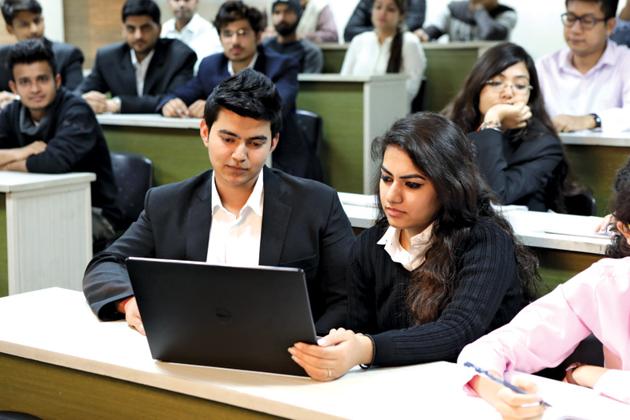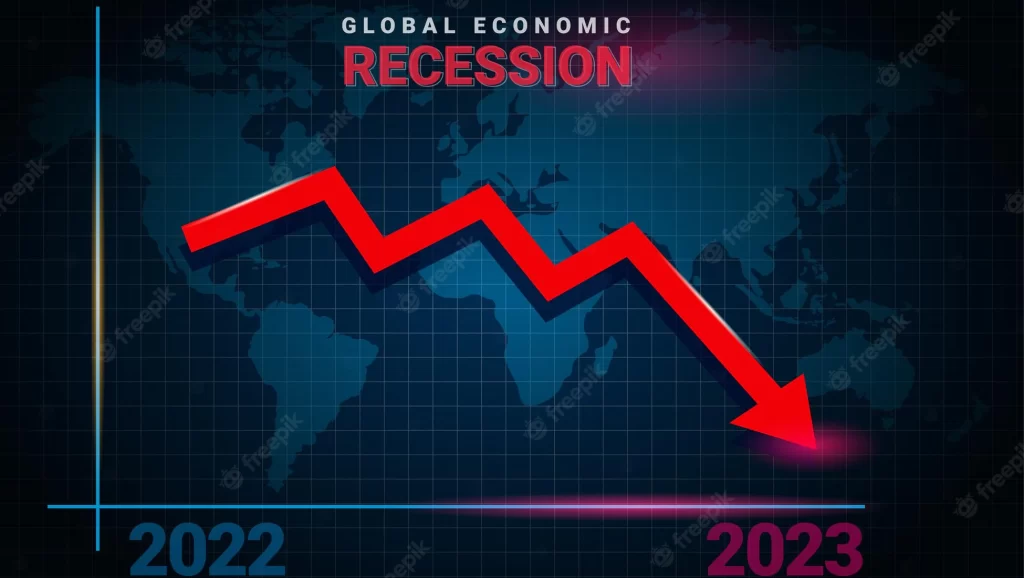Has education in India 2023 become an easy business?
Theme:
In recent years, education in India has changed dramatically. With the proliferation of private educational institutions and the rising cost of education, a query arises: has education become a business? This article takes a deeper take look at various elements of education in India, analyzing high-price systems, the extent of education, and whether or not the quality of education justifies the excessive cost.

Privatization:
Education in India is Known for its wealthy historical past of teachers and pupils, India has wide and numerous training systems. From ancient seats of learning like Takshashila and Nalanda to the many universities and schools today, education has always played a vital role in Indian society. However, with the introduction of privatization, the educational landscape changed dramatically.
Many private educational institutions charge huge fees, especially for professional courses such as engineering and medicine. In some cases, this money can go far beyond the reach of a middle-class family. This trend raises concerns about accessibility and inclusion, as only the privileged can afford such an amount for education.
Some notable examples of increased fees include:
- Birla Institute of Technology and Science (BITS Pilani), charges about Rs 5 lakh annually for technical education.
- The Manipal Academy of Higher Education, which is known for its medical programs, charges about Rs 22 lakh per annum for MBBS courses.
- Symbiosis Institute of Business Management, Pune, requires an annual fee of about Rs 18 lakhs for its MBA programme.
Standard of Education in India:
- As the cost of education in India rises, questions are frequently raised about the quality of education delivered. Despite the high cost, it is important to assess whether institutions are delivering the quality of education they promise.
- In some cases, institutions with higher fee structures may be less accessible to students in terms of faculty expertise, infrastructure, or research opportunities.
- Furthermore, focused learning and reliance on outdated teaching methods can hinder students’ acquisition of critical thinking and practical skills.
- The education system should place more emphasis on holistic experiential learning to prepare students for real-world challenges.

Is education in India worth the fee structure?
- The evergreen question that arises is whether the standard of education justifies excessive prices for more academic career opportunities. While it’s genuine that better education can open doors to higher professional prospects, the remarkable charges enhance issues about affordability and equal possibility for students from different backgrounds.
- It is important for educational institutions to make certain that their costs are commensurate with the services and opportunities supplied to students.
- Transparency and duty in payment systems will construct self-assurance among college students and their parents.
- Additionally, there must be more entry to scholarships, offers, and other financial aid options, so that deserving students from all backgrounds can get the right of entry to high-quality education.
Why has education in India become a business?
- Growth of the Private Education Sector: The non-public training region in India has grown tremendously through the years. According to a document by the Indian Brand Equity Foundation (IBEF), the non-public education market in India is worth around $91.7 billion and 2025 is predicted to reach $158.2 billion. This improvement is in part indicative of enhancing business-mindedness in education.
- Improvement in coaching institutes: The increasing demand for competitive exam training has brought about the rise of many education institutes throughout the country. These institutes charge excessive fees for their services and they target college students who need admission to prestigious schools and universities. This scenario emphasizes the commercialization of education.
- Private Higher Education in India: In current years, there has been an increase in the wide variety of private universities and schools in India. Many of these establishments function as for-profit groups and rate college students’ excessive education fees. This privatization of schooling shows the business side of them.
- Education loans and finance: With the excessive value of education in India, students and their parents frequently rely on education loans to finance their studies. Banks and financial establishments offer educational loans at various interest quotes, making education financial funding and emphasizing its commercial nature.
- The high fee of training: The cost of education maintains an upward thrust in India. According to the Ministry of Statistics and Program Implementation, the expenditure on training increased to Rs 94,224 crore in 2023. This growth in expenditure indicates the financial system of importance in the educational career. In 2023-24, the Ministry of Education has been allocated Rs 1,12,899 crore. This is an increase of 13% over revised estimates for 2022-23. The Department of School Education and Literacy has been allocated Rs 68,805 crore (61% of the Ministry’s expenditure).

Consequences of business-minded education in India:
Here are five consequences of education being treated as a business:
- Socio-financial segregation: The commercialization of education exacerbates socio-economic segregation by making first-class education unaffordable for marginalized groups, developing unequal possibilities and perpetuating social inequality.
- Education as a commodity: Treating education as a commodity destroys its intrinsic price as a way of personal and social development, decreasing it to a commercial change with monetary earnings.
- Pressure on students: The formal technique of education places notable pressure on students to do well academically, main to pressure, causing intellectual health problems and a focus on exam-centred learning.
- Learning-centred and examination-orientated methods: Many educational institutions get a huge lump of money and only train students to attend exams and do not provide practical examples to achieve better.
- Access to Quality Education: Commercialization limits the right of entry to excellent education for those who cannot have enough money, perpetuates educational inequality and impedes social mobility.
Conclusion:
There is no doubt that education in India has become a lucrative business, with ever-increasing fee structures and the rise of private educational institutions Although there is a need to recognize the importance of a sustainable budget, steps must be taken to ensure that education is inclusive and accessible to all. For a career-oriented mindset, the focus should be on students’ holistic development and prioritizing future success. A balanced approach can help us achieve a coherent view between the educational side of marketing and that of actual power and knowledge.




